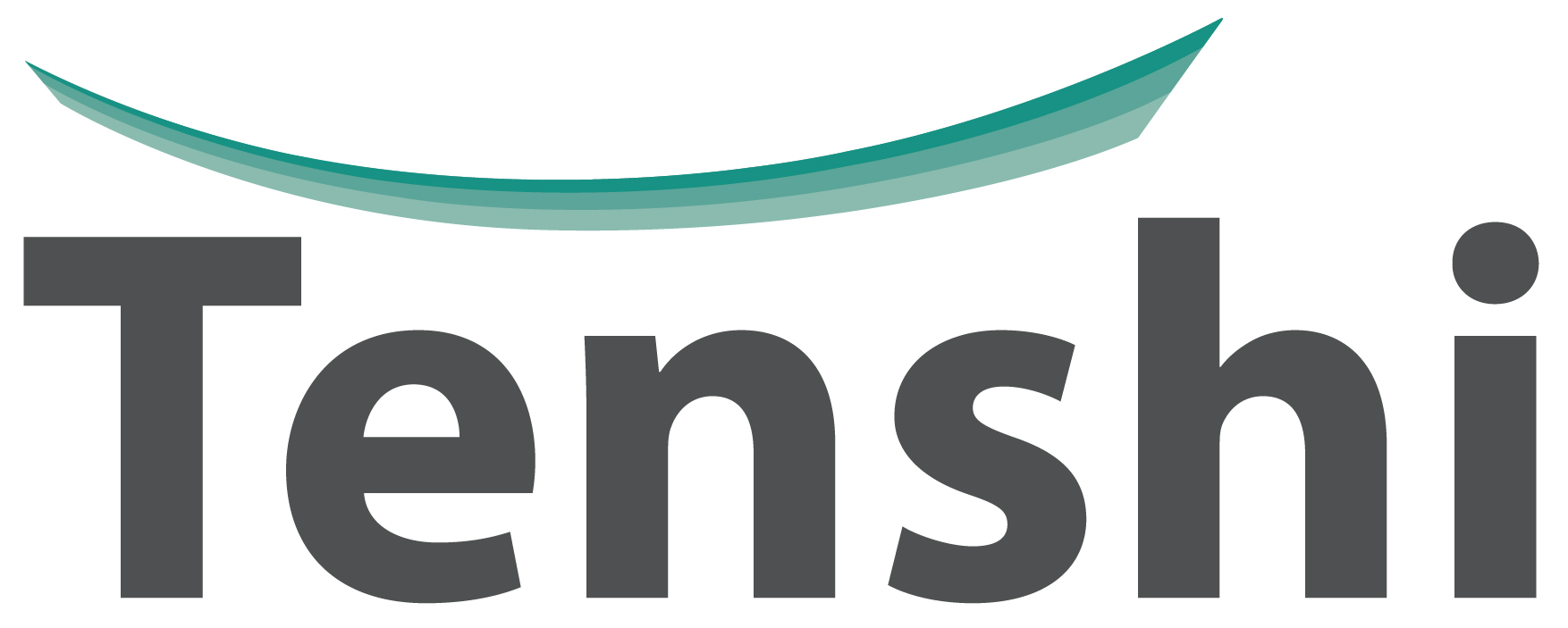
Sometimes the ideas that make the biggest difference in technology are the most straightforward ones.
Consider, for example, Skype, a concept so simple – free online video calling – you could write it on the back of a matchbox and still have room for your shopping list. And yet it has revolutionised the world of communications.
Irish startup Medxnote is gunning for a similarly straightforward success in the highly lucrative world of medical tech. The company wants to bring digital communication into hospitals, which Medxnote CEO and founder Niall Rafferty says are still living in the world of internal post and pagers. Yes, pagers, the technology the 80s forgot are still alive and well and being used every day in hospitals.
In fact, there’s a pretty good reason for that: security. Data breaches, which put patient information at risk, can be very damaging for hospitals and lead to massive law suits. Texting and standard messaging apps simply don’t have the necessary security or encryption for hospital use.
But pagers have their own problems: you don’t know if your recipient has received your message, if they are going to act, or even if they are anywhere near the hospital. In fact, Rafftery claims that each doctor wastes 45 minutes a day using outdated pager technology, costing the average US hospital more than $900,000 a year in lost productivity.
These are the kind of problems that a messaging app like Whatsapp – where you can see when your message is read – could help to eliminate. But Whatsapp is not secure enough for official hospital use.
This is where Medxnote comes in. It is, essentially, a secure messaging app designed for hospital use which includes the three key features that pagers lack: users can tell which doctors and other staff are available before they send a message; they know when their message is read; and an acknowledgement feature allows doctors to inform the sender that they will act.
The app is HIPAA (Health Insurance Portability and Accountability Act) Secure and Data Compliant, allowing for hospital use; it offers structured message templates, a Hospital Staff Directory and a full audit trail for every message – very important in case something goes wrong and you need to find out why.
In the future, the company plans to add photo messaging, so that doctors and other health professionals can instantly share pictures of patient conditions, a practice that Rafferty says already happens on a covert level.
“Unofficially people are taking photos of a wound or something and they might text it to a doctor to see what kind of antibiotic they want,” he told the BBC. “It’s widespread in hospitals.”
It is tempting to wonder how much further medical messaging could go. The Triton app, from California’s Gauss Surgical, uses an algorithm to scan blood-soaked swabs used in surgery, giving an idea of how much haemoglobin and blood they contain, therefore helping to accurately monitor patient blood loss. Google’s new Im2Calories product – which we recently featured on this blog – works in a similar way, using deep learning algorithms to analyse photos of food and estimate how many calories are on the plate.
Could this algorithmic process be adapted to work on wounds, for example, so that nurses could send pictures of patients’ lesions to doctors via secure messaging systems, with the app automatically generating additional information about the wound, such as estimated depth, blood loss etc?
The possibility is intriguing. But we’re getting ahead of ourselves: the first thing will be to see if Medxnote works in hospitals. Rafftery is certain it will – and he should know, having spent years working as a radiographer.
The app has already been tested in St James’s hospital and the Blackrock clinic in Dublin, with the latter keen on rolling out use to the whole of the hospital when Medxnote adds photo messaging and Android support, two things the company is working on.
This latter demand raises an interesting point: for Medxnote to really succeed, all hospital staff need to use it. (Rafftery told the NDRC Launchpad Lift Off event that his company wants to connect “everyone [in the hospital] from the porter on the ground floor to the CEO.”)
But this means that everyone in the hospital needs to have a smartphone that runs on iOS or Android. And this could be expensive if phones need to be bought. Medxnote isn’t cheap – it charges €150 per user per year – and the promise of saving money lost by decreased productivity is a rather vague one to effectively argue.
Medxnote will also face the standard problems that smartphones can bring, from unreliable networks to drained batteries. And you can imagine some patients wouldn’t be happy with their doctors fiddling with their smartphone while at work, even if it was for clinical use.
But this is splitting hairs: Medxnote is one of those brilliant, back-of-a-fag-packet ideas – Whatsapp for healthcare – that could make a fundamental difference to how hospitals work, dragging them out of the pager era and into the 21st Century. And for that it should be applauded.
@medxnote
